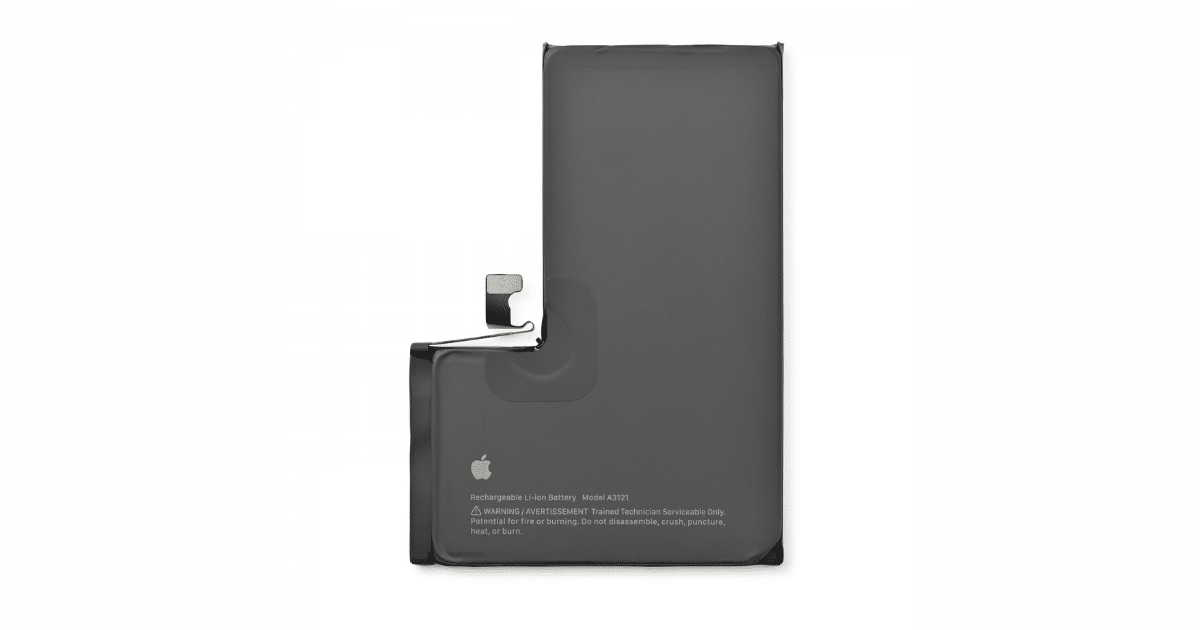Apple has reportedly ventured into a new domain: in-house battery development. In an effort to reduce reliance on external suppliers, the Cupertino tech giant is working on crafting custom-built batteries for future iPhones, Macs, and more.

Apple ventures into in-house battery development, aiming for greater control and innovation
This strategic shift mirrors Apple’s successful transition from Intel processors to its own M-series chips, a move that strengthened the company’s control over its hardware and software integration. Similarly, developing in-house batteries will provide Apple with greater flexibility and control over the performance, design, and cost of its devices.
As reported by ETNews, Apple is looking to innovate batteries through a complete reimagining of battery composition.
Multiple industry insiders who are familiar with Apple’s situation said, “As the mobile user experience expands with Metaverse and Mixed Reality (MR), the demand for high-performance batteries has increased,” adding, “Apple is working from the material development stage to improve battery performance.” “It appears that they are using it,” he said.
The tech giant is meticulously exploring new cathode and anode materials, the fundamental components that determine battery performance. It is also experimenting with a revolutionary mixture of nickel, cobalt, manganese, and aluminum, a deviation from traditional battery composition, to enhance energy density, power output, and stability.
Apple is directly participating in the development of the materials that make up the battery, such as the anode and cathode materials, and is aiming to develop a completely new battery with significantly improved performance compared to the existing one.
The company’s dedication to boosting battery conductivity and capacity is further evident in its incorporation of carbon nanotubes and increased silicon content into the battery design. These advancements are projected to significantly reduce charging and discharging times, paving the way for a brand-new type of battery, an unprecedented development yet to be commercialized.
Additionally, carbon nanotubes (CNTs) are being considered as a conductive material to improve battery material performance. A conductive material is a material that promotes the movement of electrons between the positive electrode active material and the negative electrode active material. CNTs, which have recently attracted attention as a secondary battery conductive material, can produce excellent performance even in smaller amounts than existing conductive materials.
The anticipated application of these revolutionary batteries extends beyond iPhones, encompassing other devices such as the Vision Pro handset. In this case, Apple’s pursuit of innovation seeks to address the current limitation of just a few hours of usage, promising an extended, more robust power source.
As with any significant technological leap, challenges may arise in production and supply. This could potentially lead to delays in the launch of the new battery technology, notwithstanding Apple’s projected rollout in 2025.
Note that the report has been machine-translated from Korean